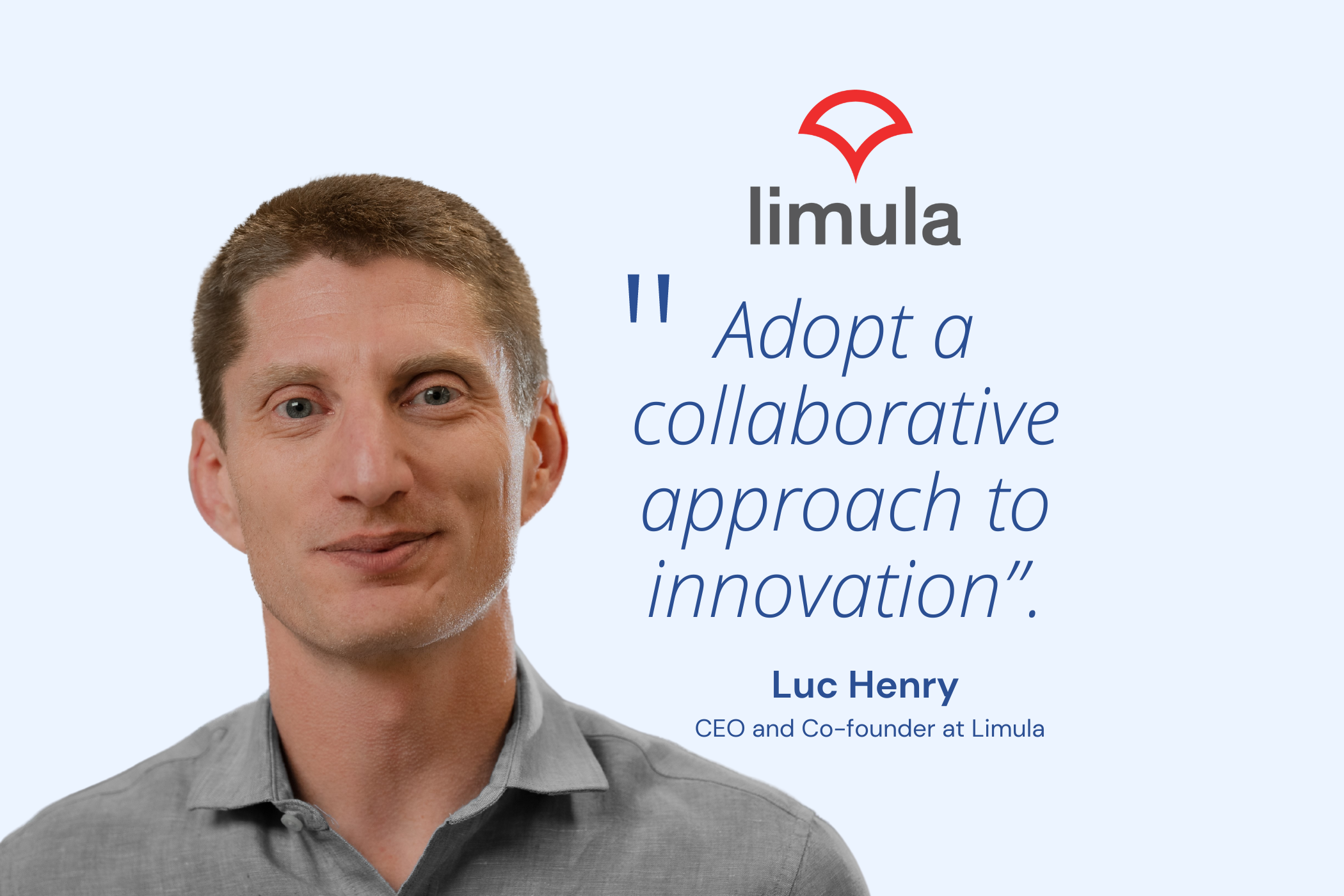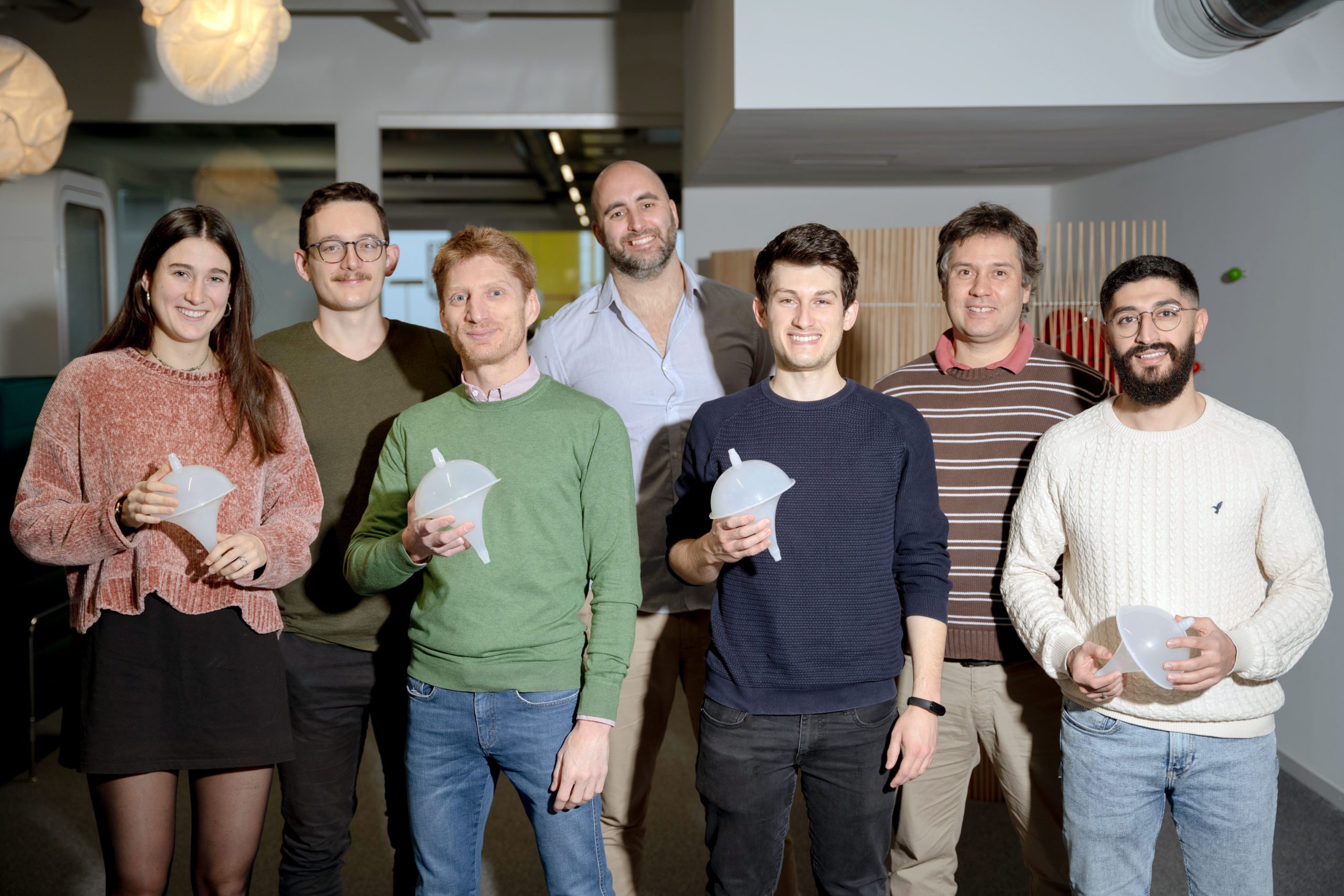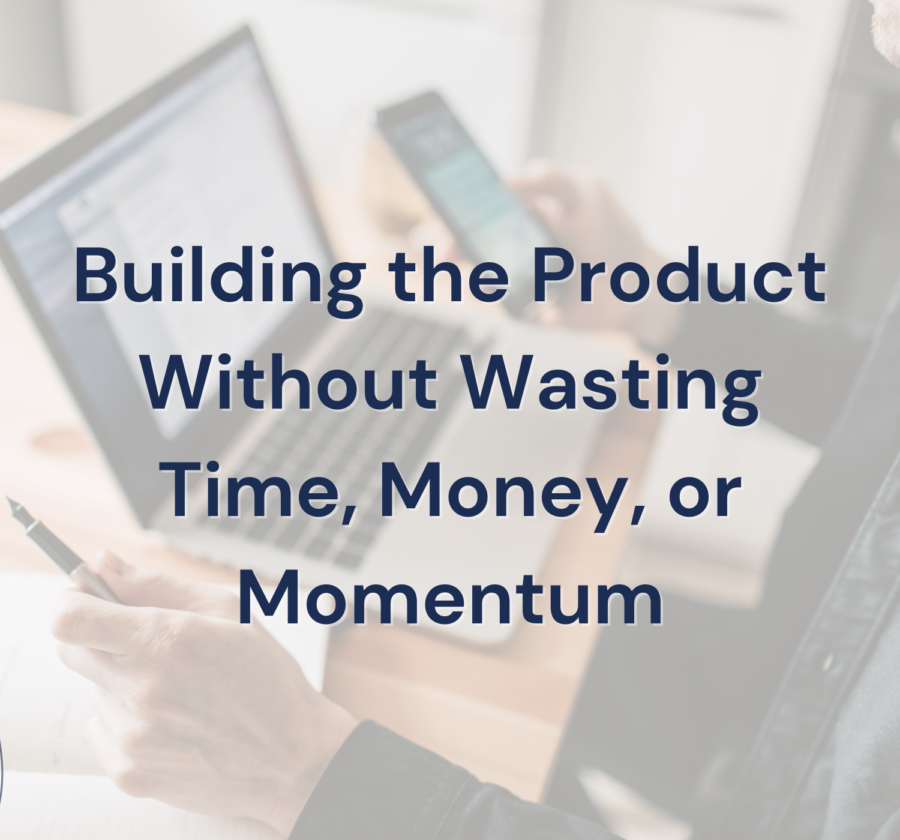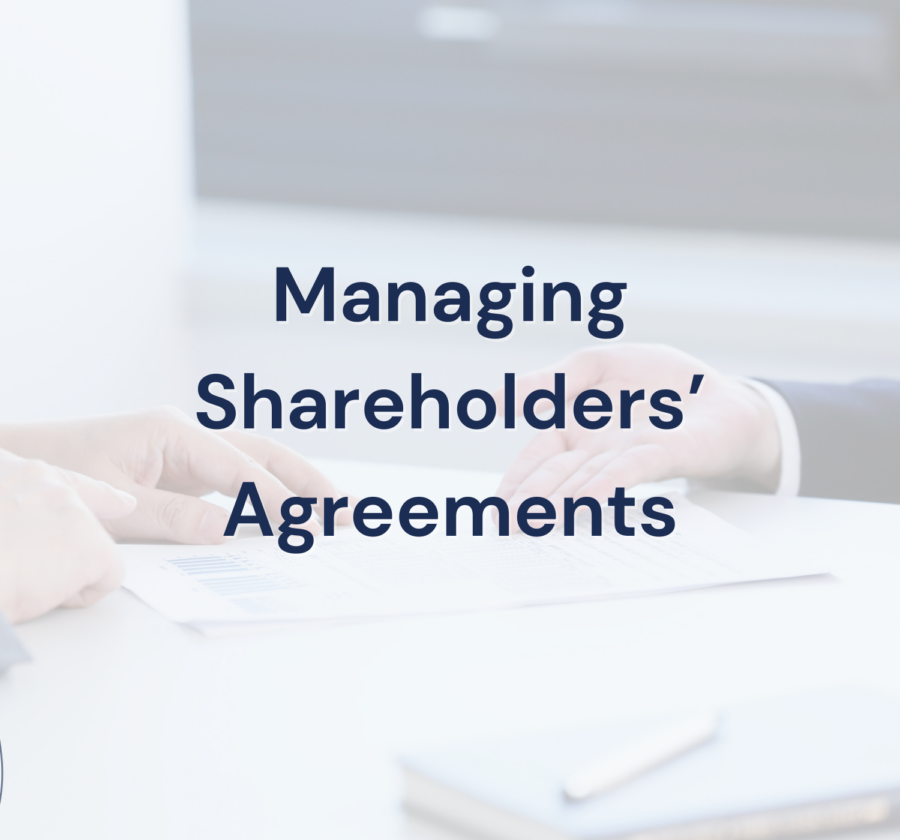
Meet Luc Henry, CEO and Co-founder at Limula
Can you explain the inspiration behind starting Limula and how you came up with the idea for an automated solution for cell therapy manufacturing?
The idea behind Limula was born in 2018, after the CTO of Limula, Yann Pierson, had a chance encounter with clinicians who were complaining about the lack of tools available to streamline the production of cell and gene therapy (CGT) products for their clinical studies. We quickly realised that the entire industry was using manual methods, not different from those used in research laboratories to develop CAR T cells and other personalised treatments. Yann spent half a year on a concept, built the first prototypes, and filed a patent on a totally novel automated solution to manipulate and grow human cells outside of the body. I joined him in early 2020 to launch a partnership with Prof. Denis Migliorini who just came back to Geneva to establish his own research group after three years in Philadelphia where he worked with the CAR T pioneer Prof. Carl June. Limula was born.
Cell therapy is an emerging field with immense potential. What made you believe that there was a need for a single-device modular solution for on-demand and at-scale manufacturing?
Cell therapy has been around for a while, and in particular stem cell transplantation for the treatment of several types of cancers. But the field exploded when the first gene-engineered cell products (CAR T cells) showed incredible clinical efficacy in previously-incurable diseases. These ‘living drugs’ provide terminally-ill patients with a treatment can actually cure them completely and give them another chance at a normal life. The problem is that these products are not being made in enough quantities to reach the patients. Many are still dying while waiting for a dose because there are not enough manufacturing slot available for everyone.
When Limula started, there was already an end-to-end manufacturing solution available, but it was a technology repurposed from other cell therapy applications, and users were pointing out its limitations. We had many conversations with them to identify the main pain points, and we addressed them one by one in our solution. The goal was to reimagine the concept of a cell processing unit from the ground up and build a fit-for-purpose device, not just for current treatments, but anticipating next-generation cell therapies as well.
In 2018, manufacturing was not yet universally recognized as a critical bottleneck to the widespread adoption of cell therapies in the clinic. A handful of specialists were actively raising awareness, but many biotech companies launched their products without a clear path to manufacturing at scale. Today, it is obvious to everyone that automated production using dedicated tools is the only viable approach to treating the patients who desperately need these treatments.
How does Limula’s approach address these challenges of time-consuming and expensive cell therapy manufacturing and streamline the manufacturing process?
We work on two key aspects that currently require manual interventions from highly skilled personnel: 1) We automate all steps of the process in a single closed and automated instrument. This approach leads to a better outcome because it removes the risk of sample contamination and human error, but also drastically decreases the stress inflicted to cells when they are transferred between different pieces of equipment; 2) Our system logs every possible data point in real time, providing a digital record of the process. It is a regulatory requirement to save this ‘batch record’ for documentation and later evaluation, and is currently done manually, with only a limited set of information being collected. Taken together, these two aspect swould not only decrease the costs associated with open and manual manufacturing in high-grade clean room infrastructures, but also streamline the transition from R&D to clinical trials to commercial-scale production.
How does Limula ensure compliance with regulatory standards while offering an innovative manufacturing solution?
This is probably the most important, and most difficult question to address: how to bring a disruptive technology in a highly regulated industry that is slow at adopting innovation – for very good reasons.
As we do not manufacture therapies ourselves, we are not responsible for the quality of the cell products; our customers are. They can be reluctant to adopt innovative solutions that may – and most likely will – impact a process they know leads to the right cellular product, even if the innovation offers a significant advantage. We need to deliver something no one else can, enabling our customers to do something they cannot do otherwise. Our differentiation is in our ability to scale down, working with a small number of cells in small volumes, and then scale up in the exact same instruments, without technology transfer.
We paid attention to the regulatory context from the beginning, drawing knowledge and insights from experts that helped us understand the level of quality that is expected to be delivered to our customers in order for them to trust our tool. Additionally, we could also demonstrate to the regulatory authorities that our tool will not leave a negative impact on the quality of the therapies and therefore will not represent a risk to patients. Our approach is to follow standards typically used in the medical device industry, even if our technology will never be in direct contact with the patient.

What sets Limula apart from other companies in the cell therapy manufacturing space? What unique features or advantages does your technology have?
Conventional methods are either fully manual, or semi-automated in a fragmented process where the cells need to be transferred from one vessel to the next, sometimes from an open container to a closed system, and between instruments that were optimised for a single unit operation.
Our technology design is totally unique. The enabling invention we protected with a patent is our combination of a centrifuge and a bioreactor in the same device. This gives us the functionalities needed to perform all steps of a complex process keeping the precious patient cells in the same container. The characteristic shape of our bioreactor/centrifuge allows it to manipulate a wide range of volumes and cell numbers across 5 orders of magnitude, from 1 to 1000 millilitres, and from thousands to billions of cells.
If and how has Limula collaborated with other companies or research institutions to further its mission?
Because we are building an enabling tool to address one aspect of a very complex problem, adopting a collaborative approach to innovation is our only path to success.
We work closely with the end users of our solution to collect information about their own process, and feedback on the functionalities we offer. It has to match if we want to see adoption. We also established close relationships with clinical research centres that produce experimental cell therapies for translational studies, as well as with researchers who develop next-generation therapies, and with companies that are already commercialising a product.
These conversations give us a full view on the life cycle of these treatments, from discovery to post-marketing, and help us crystalise our differentiation and value proposition. It is critical to understand how to position our solution and when the best time is to engage with customers to be able to help them bring their treatment faster to patients.
We also work with other technology and service providers that cover other aspects of the same problem. Standardisation is key, and we do not want to reinvent the wheel with solutions that are already available to our customers. So we try integrate them into our workflow.
Looking into the future, what are your long-term goals for Limula, and how do you see your technology shaping the future of cell therapy manufacturing and the broader biotech industry?
We keep a close eye on the broader biotech industry, and we already know our technology could have applications beyond cell therapy manufacturing. We decided to focus on where we think we can have the biggest impact, but we have informal conversations with companies active in cellular agriculture for example.


